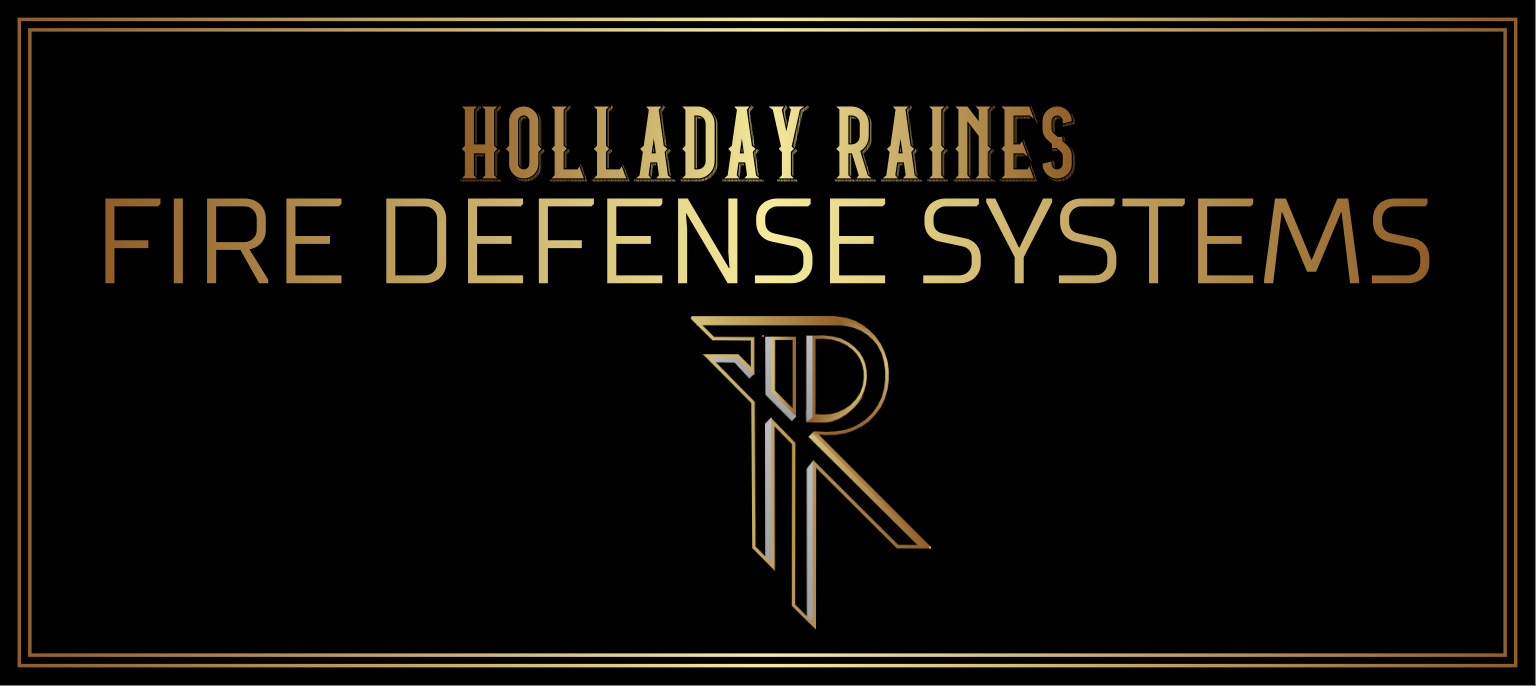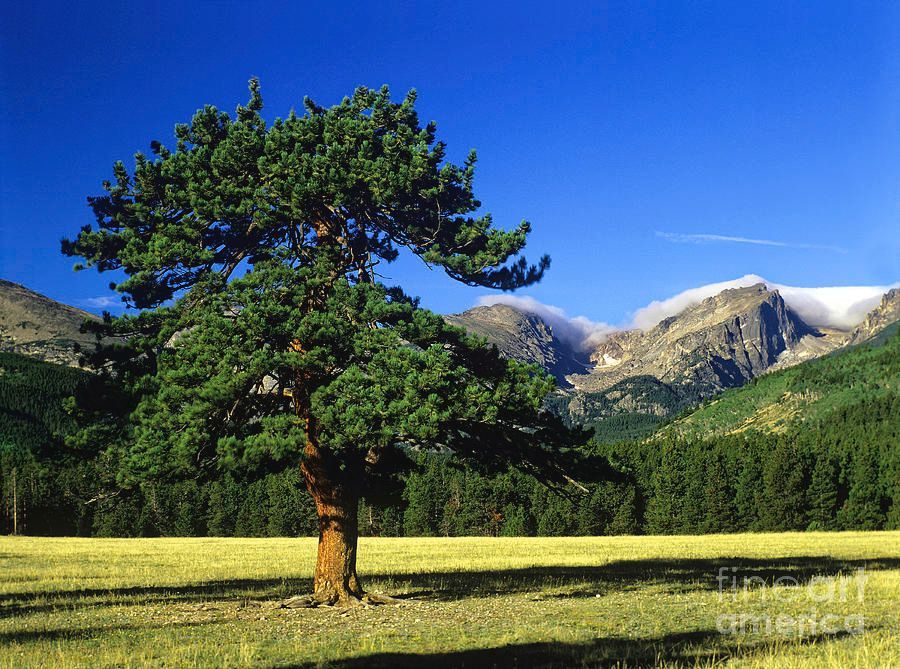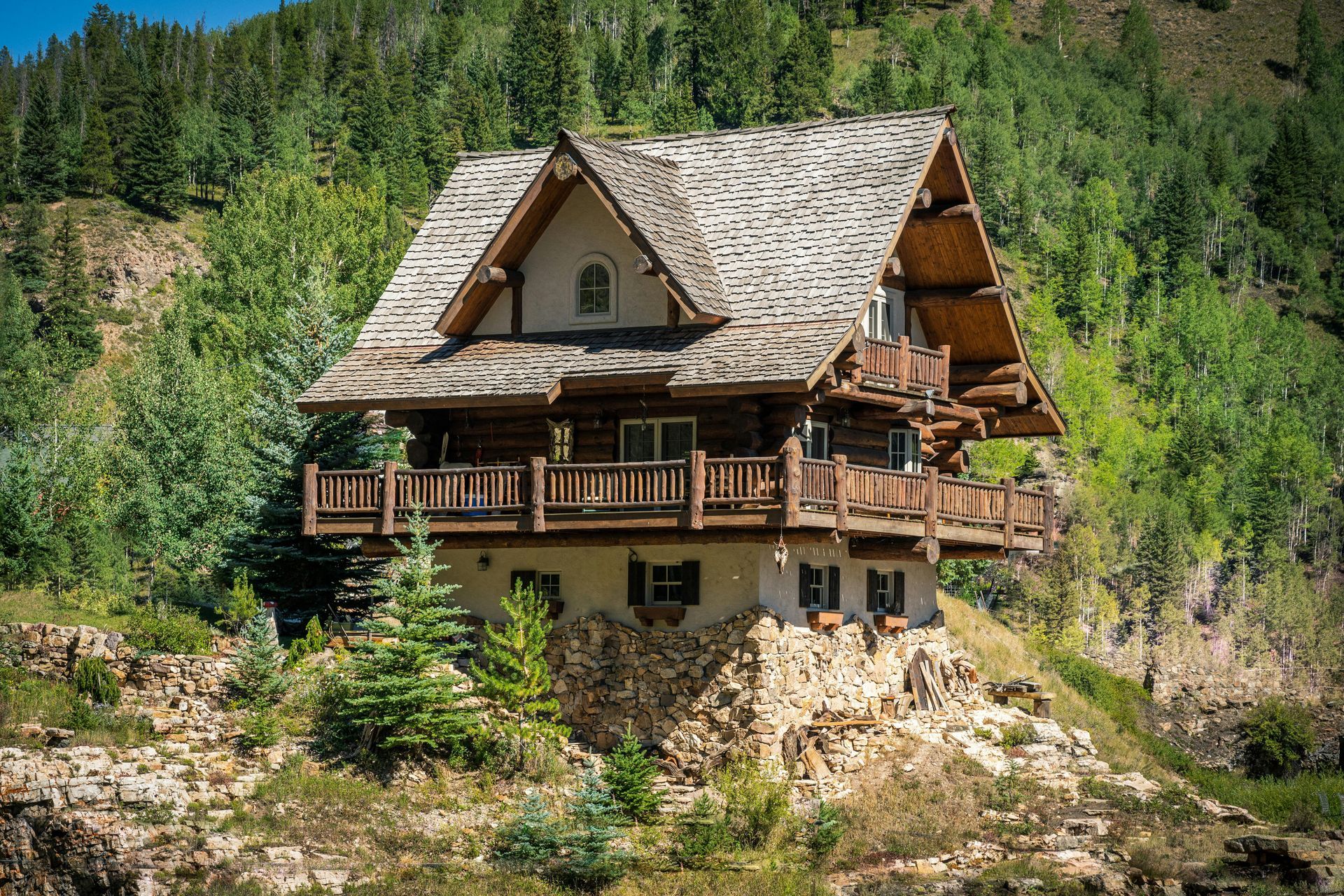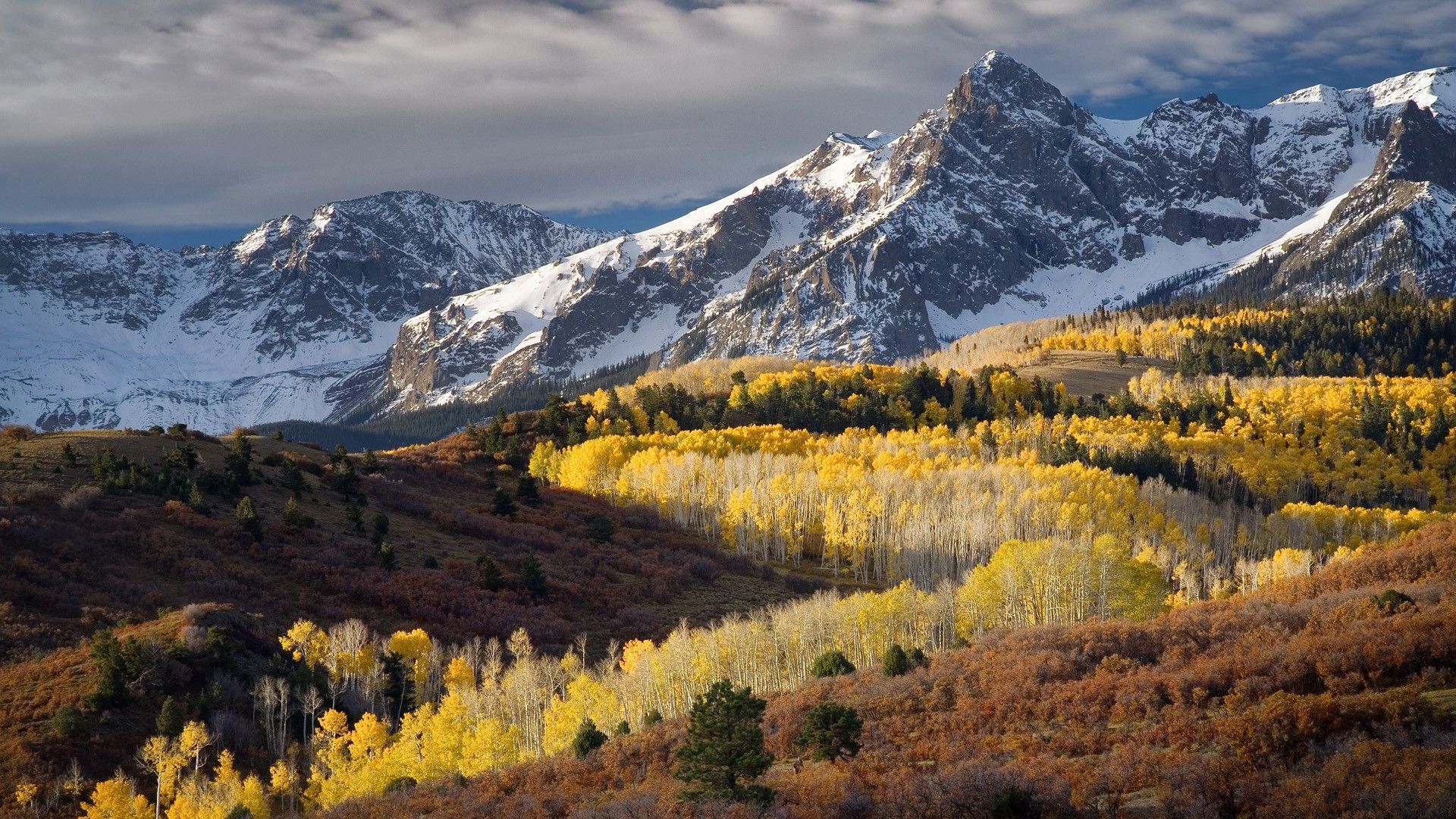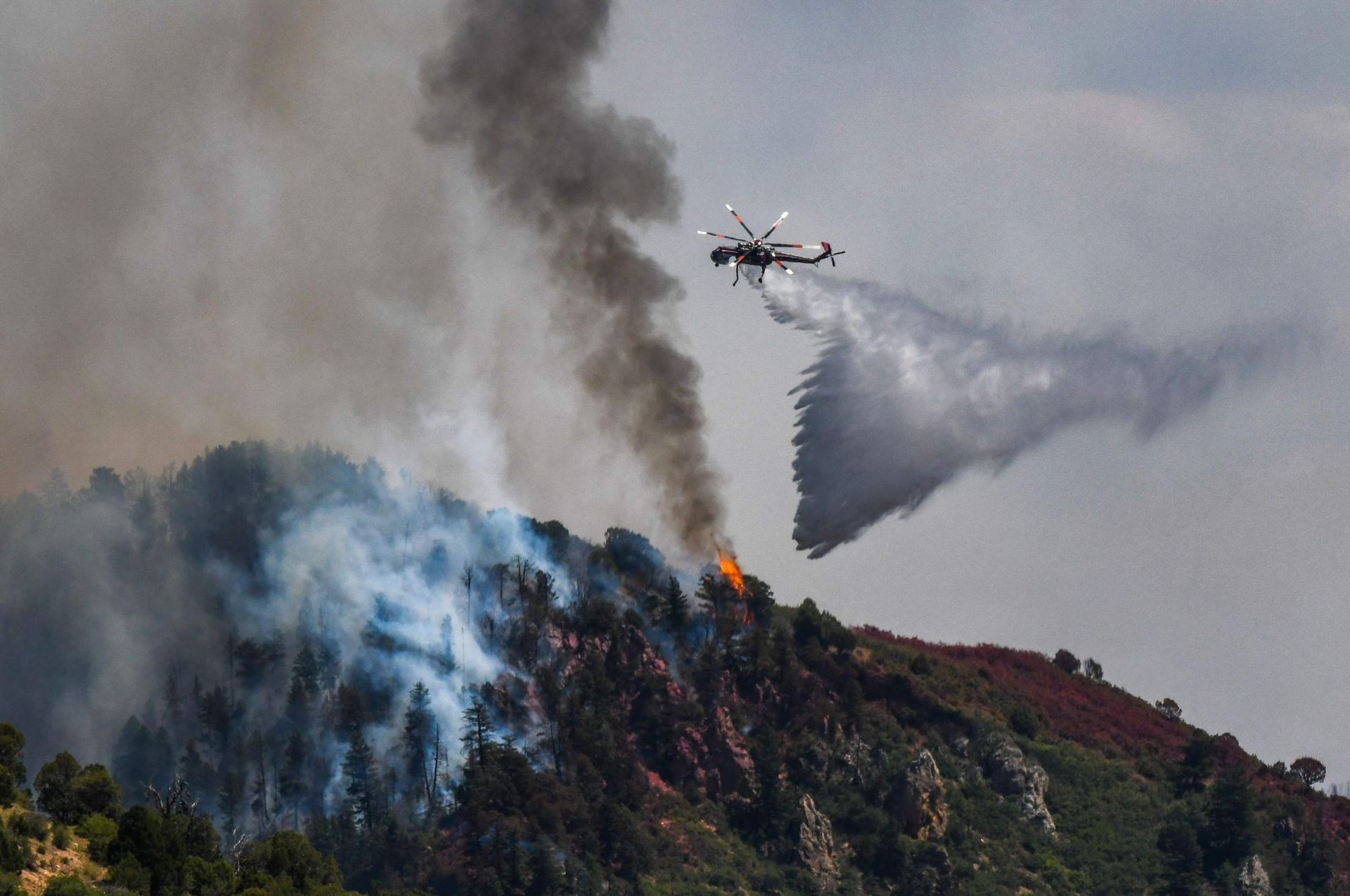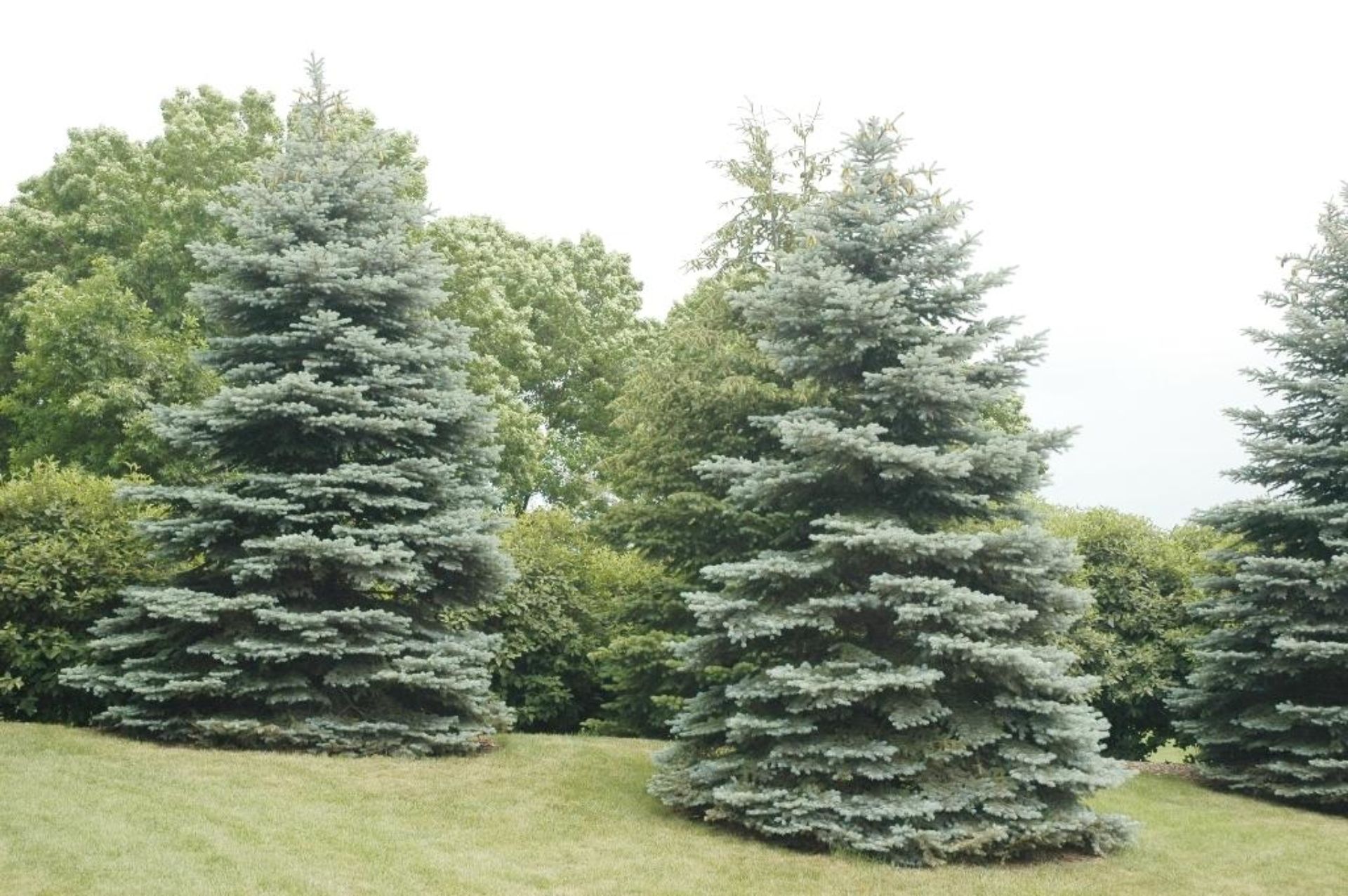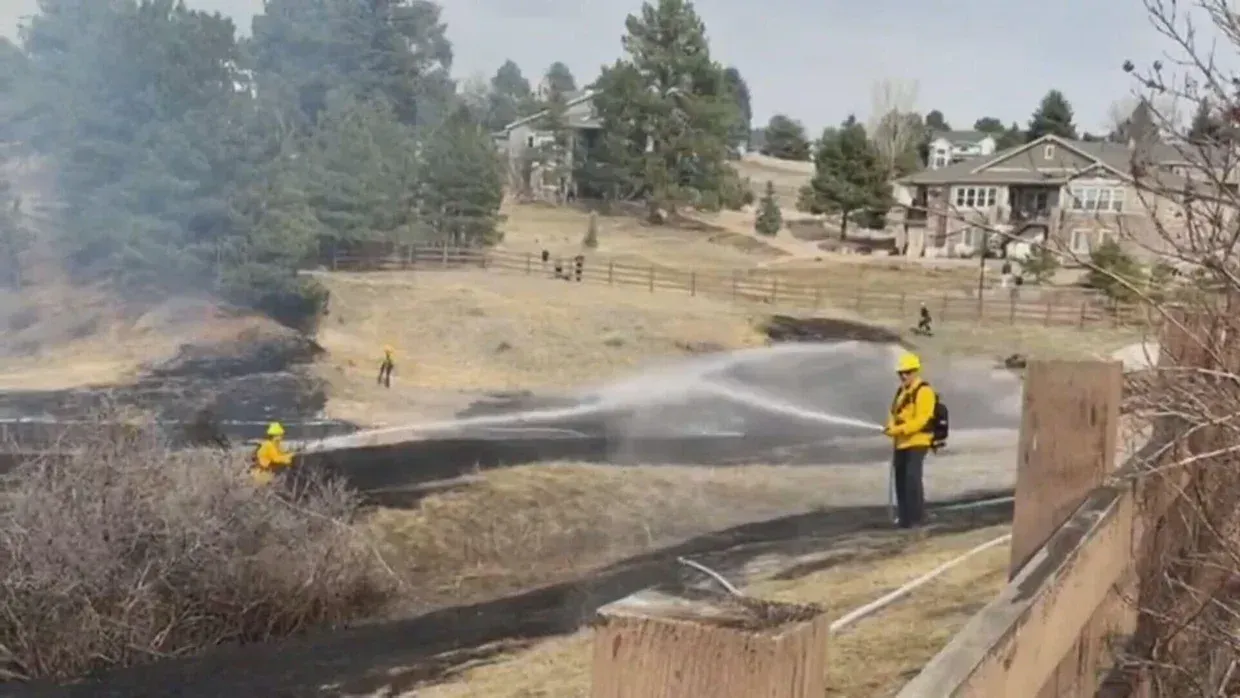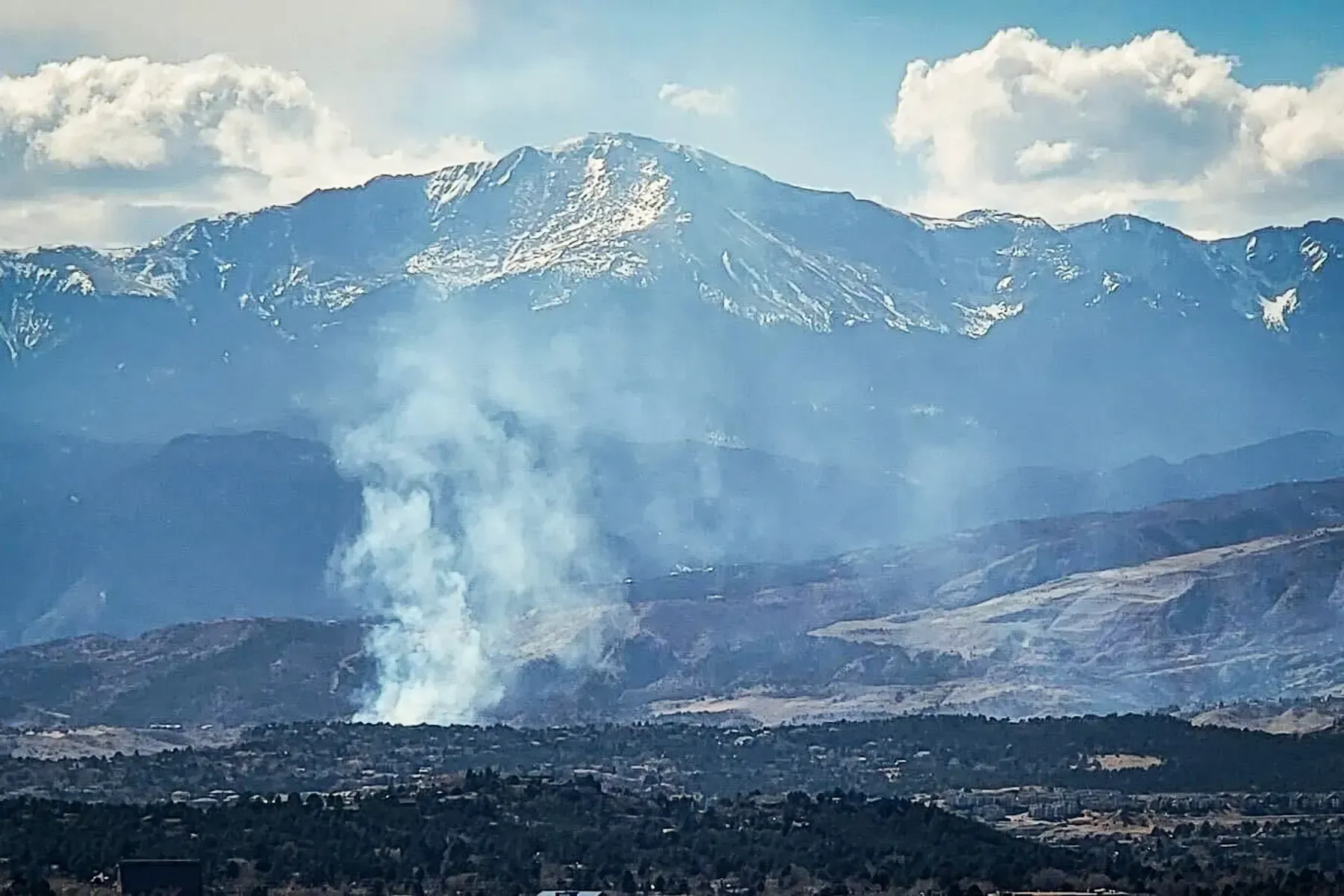Fire Mitigation for the 2025 Season
Preventative measures for homeowners.
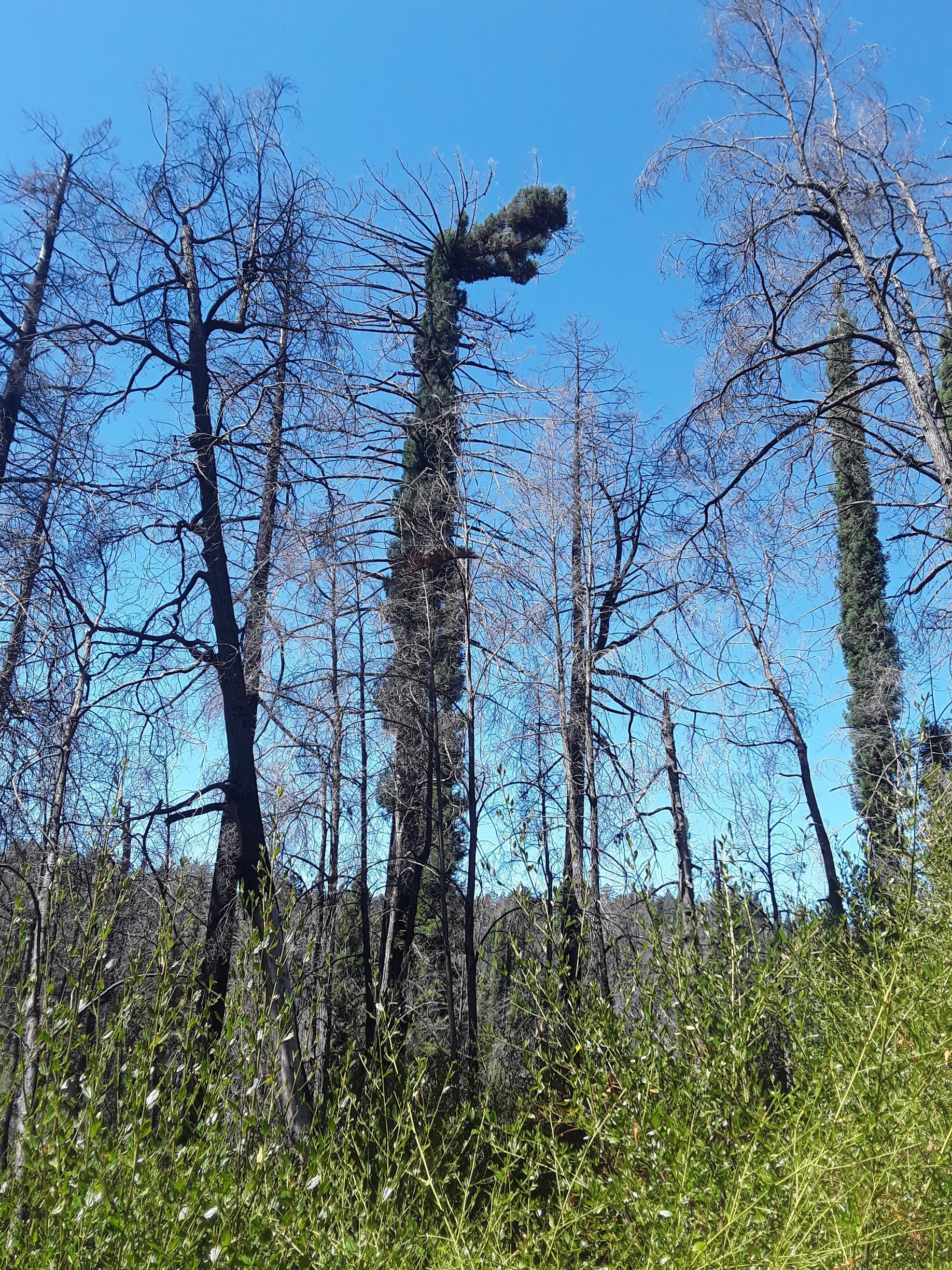
Prepare for 2025: Fire Mitigation Tips for the Upcoming Wildfire Season
As we approach the 2025 wildfire season in Colorado, the importance of fire mitigation has never been clearer. The Colorado Front Range, known for its beautiful landscapes, is also a region highly susceptible to wildfires. With the increasing frequency and intensity of wildfires in recent years, it’s critical for homeowners to take proactive measures to protect their homes and communities from fire threats. Fire mitigation is a key part of this preparedness, and now is the time to start preparing for the season ahead.
What Is Fire Mitigation and Why Is It Important?
Fire mitigation refers to a set of practices aimed at reducing the potential for wildfires to damage homes and properties. This includes clearing vegetation, trimming trees, creating fire breaks, and making homes more fire-resistant. In the Colorado Front Range, where dry conditions, high winds, and rugged terrain create ideal conditions for wildfires, fire mitigation can be the difference between a home surviving a fire and one being destroyed.
By starting fire mitigation early, you can minimize fire risk and ensure your property is prepared for whatever the season may bring.
Key Fire Mitigation Strategies for 2025
1. Create Defensible Space Around Your Property
Creating defensible space is one of the most effective fire mitigation measures a homeowner can take. Defensible space refers to a buffer zone around your home where flammable vegetation, debris, and trees are cleared to slow the spread of fire.
Here are the three primary zones for defensible space:
- Zone 1 (0-5 feet from the home): Keep this area clear of any combustible materials like firewood, mulch, and dry leaves. Trim shrubs and trees to prevent them from touching the structure. Consider using fire-resistant materials like gravel or non-combustible rocks in this area.
- Zone 2 (5-30 feet from the home): Remove dead trees, shrubs, and brush. Trim the lower branches of trees to prevent fire from easily climbing to the canopy. Create horizontal and vertical spacing between trees to reduce the potential for fire spread.
- Zone 3 (30-100 feet from the home): Thin trees to create space between them and reduce the fuel load. Make sure to clear away dead and dying vegetation and tree limbs. This area should act as a buffer zone to slow down a fire before it reaches the defensible space around your home.
2. Fire Breaks: A Last Line of Defense
Fire breaks are cleared, non-flammable zones designed to stop or slow the spread of fire. These breaks can be particularly important for larger properties or homes located in more rural or wooded areas.
- Create wide, cleared areas by removing vegetation and trees to act as fire breaks.
- Consider the lay of the land: Create breaks that take advantage of natural terrain and features like roads, hills, or rock outcroppings to enhance their effectiveness.
- Regular maintenance: Fire breaks need to be maintained throughout the season, especially during dry months. Regular clearing ensures that they remain effective when needed most.
3. Tree Trimming and Thinning
Trees are often a significant fire hazard, especially when they are too close to homes or when their branches and needles are dry. Tree thinning and trimming can prevent fire from moving easily between trees and into your home.
- Trim tree branches to at least 10 feet from the ground and clear dead limbs. This prevents fire from spreading into the canopy.
- Space trees properly: Trees should be thinned to create defensible space between them, reducing the risk of crown fires, which occur when flames spread from tree to tree.
- Remove dead or dying trees: These trees are more likely to catch fire, and they also create fuel for fires to burn.
4. Fire-Resistant Landscaping
Your landscaping choices can make a big difference in how well your property withstands a wildfire. Choosing fire-resistant plants and materials can reduce your home's vulnerability to fire.
- Plant fire-resistant vegetation like succulents, fire-retardant grasses, and low-growing plants with high moisture content. These plants are less likely to ignite compared to other species.
- Avoid flammable materials: Use gravel, rocks, or fire-resistant mulch instead of bark or wood chips, which can easily catch fire.
- Maintain landscaping: Regularly prune and remove dead or dry plants that could fuel a fire.
5. Install Fire-Resistant Features
Home hardening involves making your home itself more resistant to fire. This is an important strategy in areas where wildfires are frequent.
- Roofing: Consider installing fire-resistant roofing materials like metal, clay, or concrete tiles, as these materials are less likely to catch fire.
- Vents and Eaves: Install ember-resistant vents to prevent embers from entering your home, which is one of the most common ways wildfires spread.
- Windows and Doors: Double-paned windows with tempered glass can help reduce heat transfer during a wildfire, providing better protection.
6. Stay Informed and Have a Plan
While fire mitigation can significantly reduce the risk of wildfires affecting your home, it's also important to stay informed and prepared.
- Create an emergency plan: Know multiple evacuation routes and have a go-bag with essentials like documents, medication, and supplies.
- Sign up for local alerts: Many communities in Colorado offer wildfire alerts to help residents stay informed during fire season.
- Regularly check fire danger: Stay informed about the fire danger in your area, especially during dry, windy days when conditions are ripe for wildfires.
Why Start Early?
Fire mitigation is not a one-time project; it’s an ongoing process. While it’s tempting to wait until wildfire season is in full swing to start preparing, the best time to begin fire mitigation is now, before the heat of summer arrives. By taking action early, you can reduce your property’s risk and help protect your home from the devastating effects of wildfires.
Call to Action: Protect Your Home for the 2025 Fire Season
As we move into the 2025 wildfire season, it’s crucial to take the necessary steps to protect your home and property. Fire mitigation doesn’t just protect your property; it protects your family and your community. By creating defensible space, building fire breaks, trimming trees, and choosing fire-resistant landscaping, you can ensure your home is prepared for whatever this fire season brings.
If you’re unsure where to start or need help with fire mitigation services, contact us today! Our team of experts specializes in wildfire risk reduction, and we’re here to help you safeguard your property for the 2025 season and beyond.
